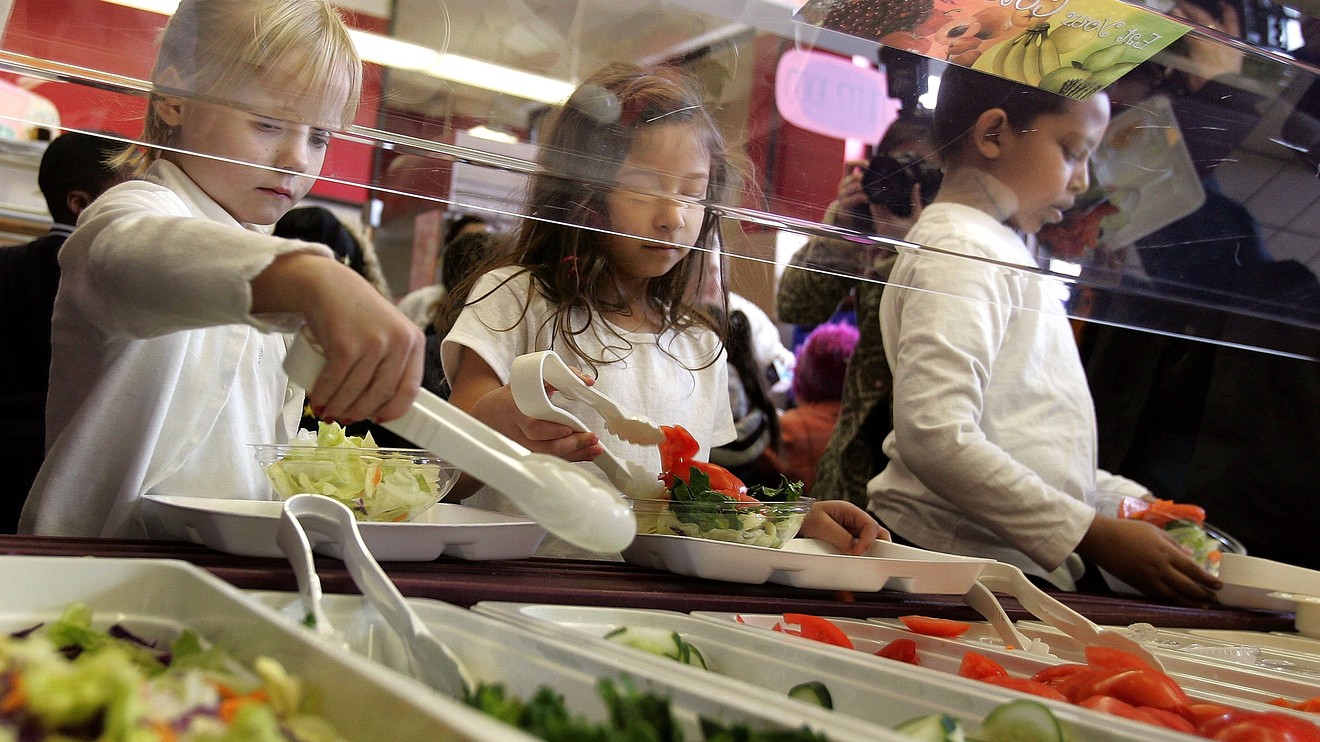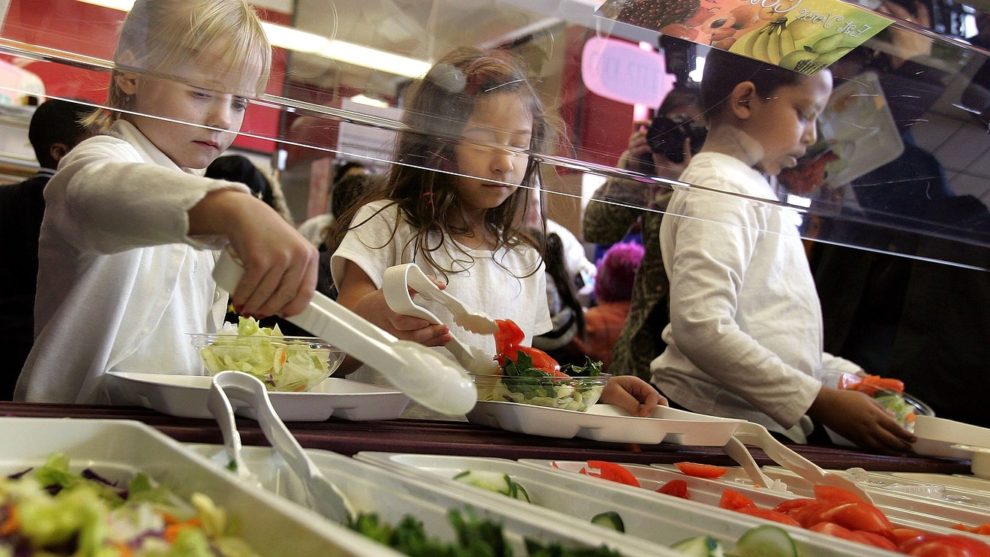
California joined the small group of states that ban “lunch shaming,” where kids are given alternative, often less appetizing, meals if their families are behind on cafeteria payments.
Gov. Gavin Newsom, a Democrat, signed the bill Saturday, which requires all children get the same meal, even if their family isn’t up to date on their meal fees. The rule applies from kindergarten through 12th grade.
The bill was one of several newly-signed laws aimed at making the state’s schools “inclusive, accepting and welcoming of all kids,” Newsom said. On Twitter TWTR, -1.44% he added, “Lunch shaming is very real and has serious consequences for the well-being of our kids. No more in CA.”
But that’s a small bite at a bigger problem, according to one expert.
“No one should be taking a victory lap in the war against child hunger by banning the relatively rare practice that never should have been legal to begin with,” said Joel Berg, CEO of Hunger Free America, a nonpartisan nonprofit that helps low-income families receive government benefits and advocates for hunger-ending public policies.
“It’s important to ban lunch shaming symbolically and it’s unacceptable this happens so much as once,” he said. Yet “sometimes it’s a little bit of a distraction from the far bigger issue” of child hunger, he added.
Lunch shaming happens when kids are singled out with a different meal or denied food altogether because of unpaid school lunch fees.
Earlier this year, one Rhode Island school district proposed serving a sunflower butter and jelly sandwich to kids who owed lunch money. (The district dropped the idea in the face of backlash from the public, according to the Associated Press.)
Newsom signed the bill four months after Ryan Kyote, a 9-year-old Napa third grader, donated his $74.80 in savings to pay off the lunch debts of fellow classmates at his elementary school.
Kyote paid up after hearing a news story about an Indiana kindergartner who reportedly had to return her hot lunch and take a peanut butter and jelly sandwich instead because her account didn’t have enough money.
California is now the largest state with rules prohibiting separate treatment at lunchtime for students with unpaid balances. New Mexico was the first state in the country to outlaw the practice, passing a law in 2017. Iowa and Oregon also have laws barring the practice.
Almost 1.5 million California children lived in households that didn’t have steady access to nutritious food, a Hunger Free America report said, citing 2017 United States Department of Agriculture data.
That’s 16.5% of the Golden State’s youth population, the organization concluded. Between 2015 and 2017, an average of 12.8 million children nationwide — 17.4% of all children in the country — lived in food insecure households, Hunger Free America said.
Some public-health advocates say rates of food insecurity could worsen if the Trump administration follows through with a proposal to tighten eligibility rules on its food stamp program.
School lunches are just part of the issue — breakfast is also important, Berg noted. Too few school districts do their best to encourage participation in school breakfast programs. If students show up early to claim the free meals at their schools in some districts, “you basically have to admit you’re poor,” which can stigmatize kids who seek out the benefit. Free breakfast programs have been shown to improve academic performance and attendance among some students.
Some school districts — like the Los Angeles school system — bring the food right into the classroom, which Berg said was a good idea.
“Nutritionally and medically, breakfast is arguably the most important meal of the day,” he said.
“To be schooled, you must be fueled. To be well read, you must be well fed,” he added.
Berg pointed to a school breakfast scorecard the Food Research & Action Center, a national nonprofit organization working to eradicate poverty-related hunger and undernutrition in the U.S., issued for the 2017-2018 school year.
Just over half (56.3%) of the 2.6 million California students receiving a free or reduced price lunch also had school breakfast, according to the organization’s statistics. It ranked 26 in national participation rates.








